In the Museum of Oriental Arts in Istanbul, a copy of one of the oldest epic poems of humanity, belonging to Sumerian literature, is preserved. It is about “Enmerkar and the lord of Aratta ”. The poem, which consists of about 600 lines, narrates a confrontation between nations, which makes it, possibly, the oldest chronicle of a conflict that we know of. The text tells that the king Enmerkar , second ruler of the 1st Dynasty of Uruk, coveted the riches of the legendary city of Aratta , seven mountain ranges away from Uruk, in what is now the Iranian nation. The narration, which begins in a typical enough way, praising the greatness of the city of Uruk, says that Enmerkar asked the goddess Inanna (protector of Uruk) to send precious materials and construction, coming from the mythical Aratta, to build temples in honor of her, and for the temple of the god Enki at Eridu. We already know that it has always been a good resource to bribe the gods to be on your side. The goddess Inanna, who was no stranger to flattery, advises Enmerkar to choose a messenger who is capable of traversing the difficult mountains of the Ashan (what are now the Zagros Mountains). The monarch does so and sends the emissary, who, in addition to the usual threats of rigor typical of a time when they were not squeamish, recites before the lord of Aratta the “Charm of Enki ”, a legendary poem where it is narrated how said god ended the Golden Age of Enlil.
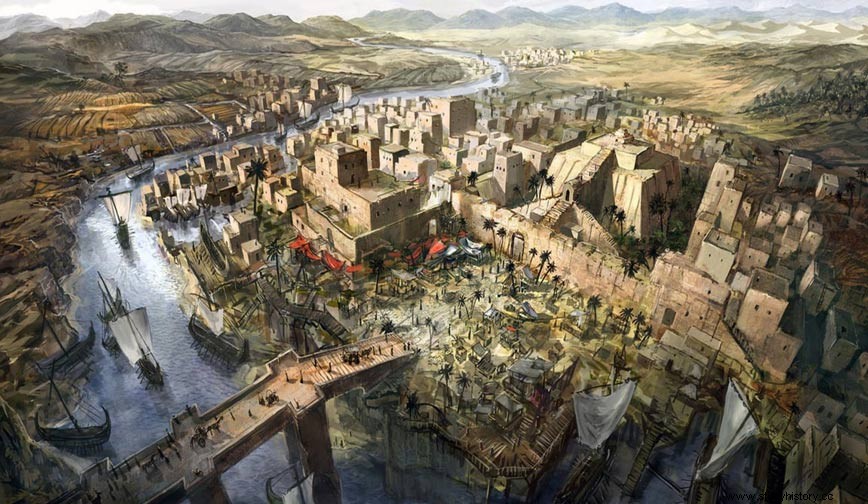
Uruk
Nothing seemed to threaten the lord of Aratta, not even the poetic recital, which must not have been very good, so he not only refused the requirements, but claimed that he too is under the protection of the goddess Inanna. The herald clarifies that said goddess is now on the side of Uruk, to which the lord of Aratta proposes a single combat between two champions, but then changes his mind and agrees to submit if they supply him with a large amount of grain. The cereal is delivered, but carnelian (red semi-precious stone) and lapis lazuli are requested in return, which angers Aratta, who, ignoring the joy of his people at the free food, turns the tortilla around and is Enmerkar the one who gives you the carnelian and the lapis lazuli. At this point, the story gets tense, and we assume that the poor messenger is exhausted from coming and going, going up and down mountains.
Enmerkar insists on sending his scepter with the herald, which seems to frighten Aratta's, only to later back down again and re-propose single combat, specifying that a warrior "neither black nor white be chosen." , neither brown, nor blond, nor mottled ”. To make the story more exciting, Enmerkar accepts the challenge, but demands that the precious metals and stones be sent to Uruk. Unfortunately, from this point on we don't know very well the development of events, as some fragments are missing -and it's a shame for Hollywood screenwriters, because it was a story with a lot of chicha-. In any case, it seems that in the end things are resolved in favor of the monarch of Uruk, he achieves what he set out to do. On the other hand, it's normal when you have the gods on your side.
In the year 2000, a major drought diverted the course of the Halil river . A peasant found some pottery remains and, as sometimes happens, he sold them on the black market. In 2001, the remains of a tomb with a beautiful inlaid chlorite vessel were found. After several illegal sales, the Iranian government took action and Professor Yousef Madjidzadeh began some excavations in the area, next to the town of Jiroft. The discoveries in this city have been fascinating. In 2005 the ruins of the royal palace were excavated, and in them the oldest samples of the Elamite language were found. found to date. The Elamite , which to this day is still half translated, is a language that has nothing in common with those of the area, or with any modern one. This element is already one of the most unique, but to this we must add that some archaeologists maintain that it was the Elamites who invented cuneiform writing, which the Sumerians would have copied, and not the other way around. They would also have exported that writing technique to all future Elamite cities. The antiquity of these samples seems to reinforce this thesis.
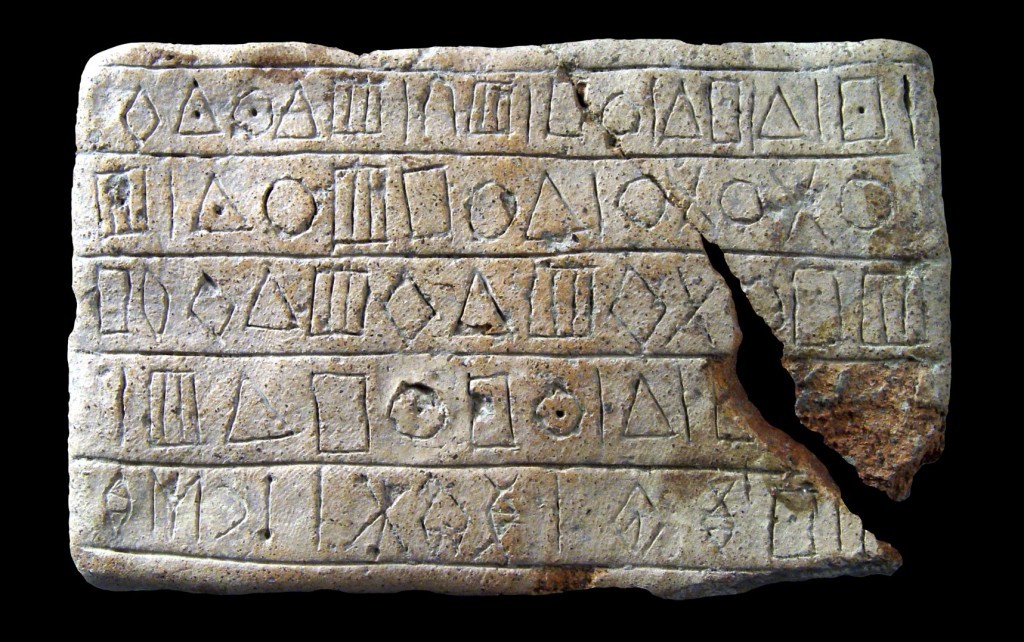
The rest of the ruins indicate a civilization so important that it has received its own name:“Jiroft Culture ”. The city was located in a “paradise point”. In other words, a place that had adequate characteristics for development, such as the water of a river plain, fertile and abundant land, rich in natural food resources that require little effort to grow, and a terrain suitable for defense. Through food remains, such as roasted dates or fish, it has been possible to determine that they had commercial relations with places as distant as the Persian Gulf or India. More importantly, precious and semi-precious stones (lapis lazuli), as well as construction stone and hard materials, such as chlorite, were mined on nearby peaks. The same ones that are named in the poem. There are also indications of commercial relations with Sumerian cities, including Uruk. A curious element is that the ruler did not seem to be subject to the clergy, as is the case with the Sumerians, which also agrees with the poem, in which Enmerkar acts continually guided by the goddess Inanna, while the lord of Aratta uses his own discretion, even changing his mind and opposing the wishes of the Sumerian divinity.
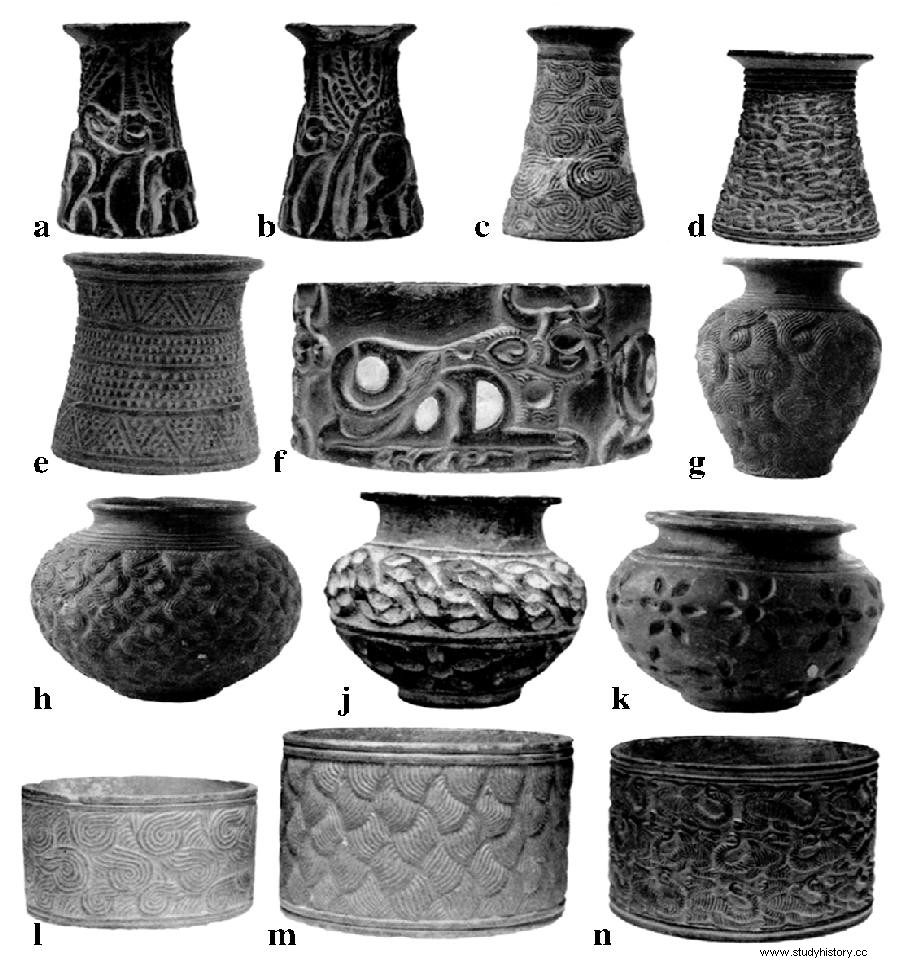
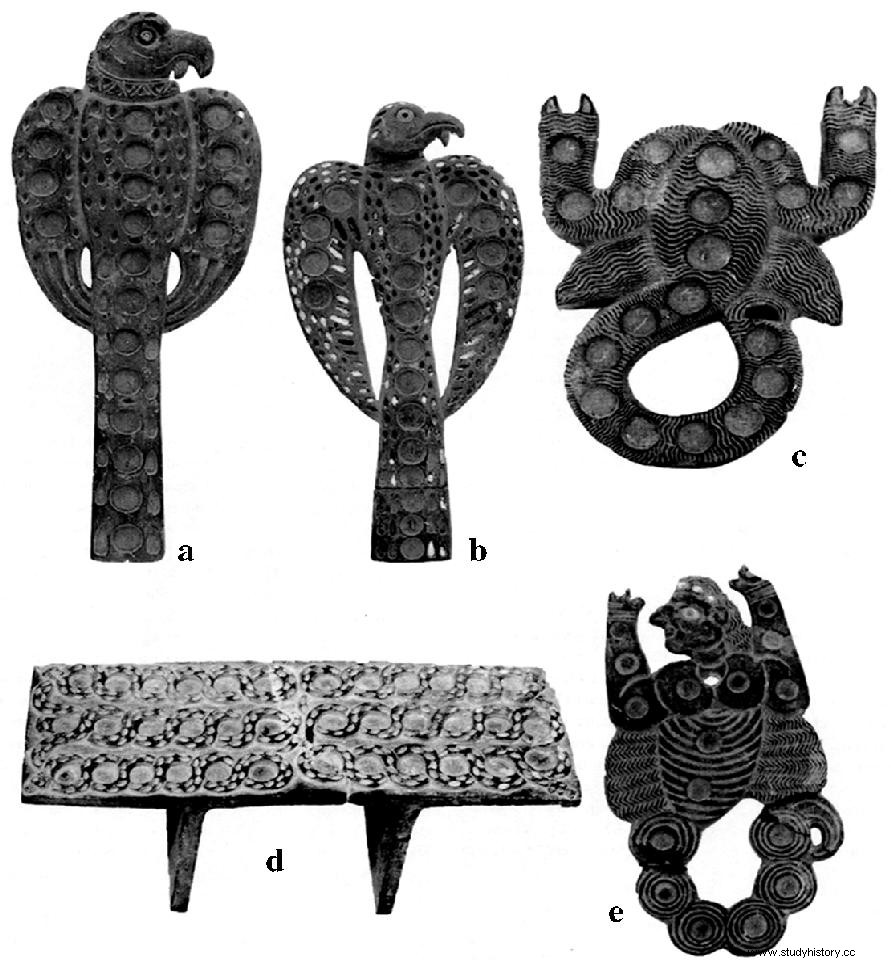
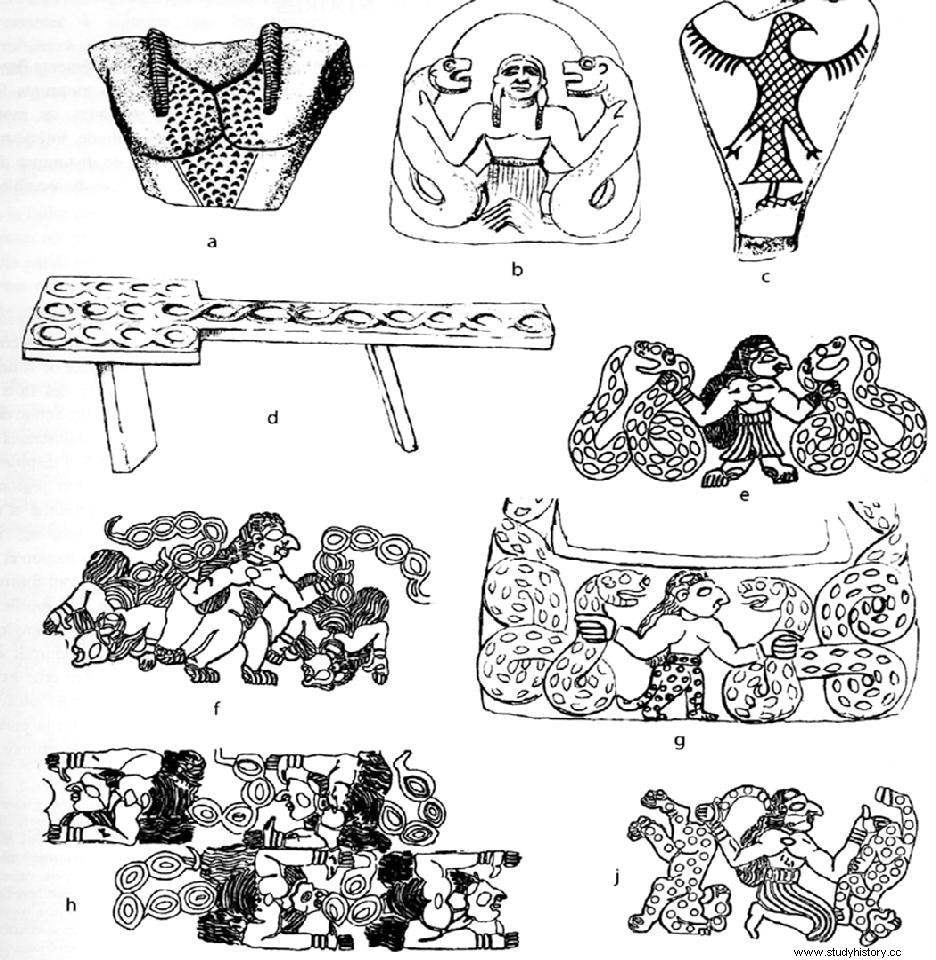
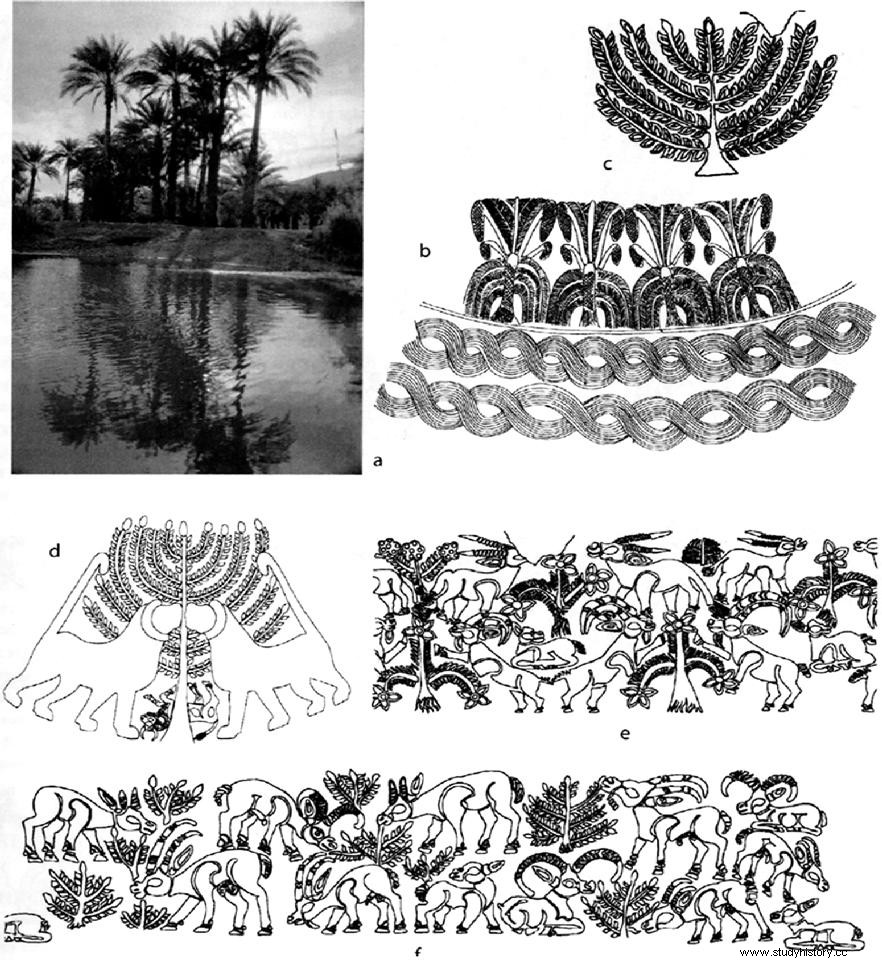
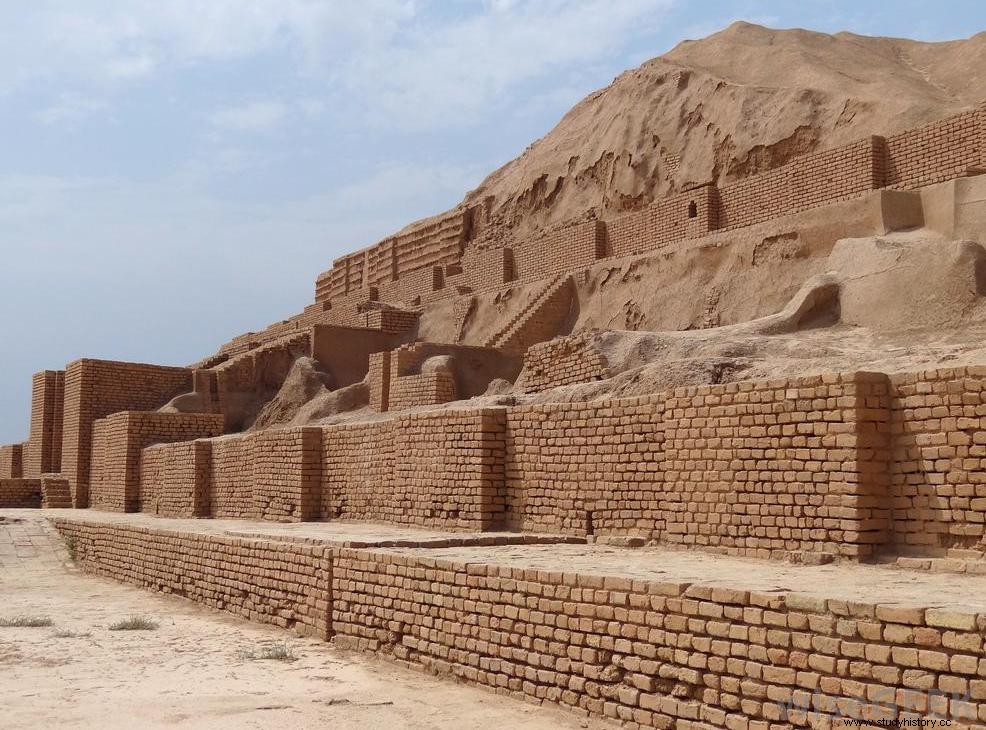
According to specialists, the Jiroft site coincides in all its aspects with “Enmerkar and the lord of Aratta ”, both in the named products, the riches that the kingdom would possess, the very description of the city, and its government. We would therefore be facing another new Troy of Antiquity. Once again a legend comes to life under the instruments of archaeologists, and shows us that many old stories have their origin in real events.
